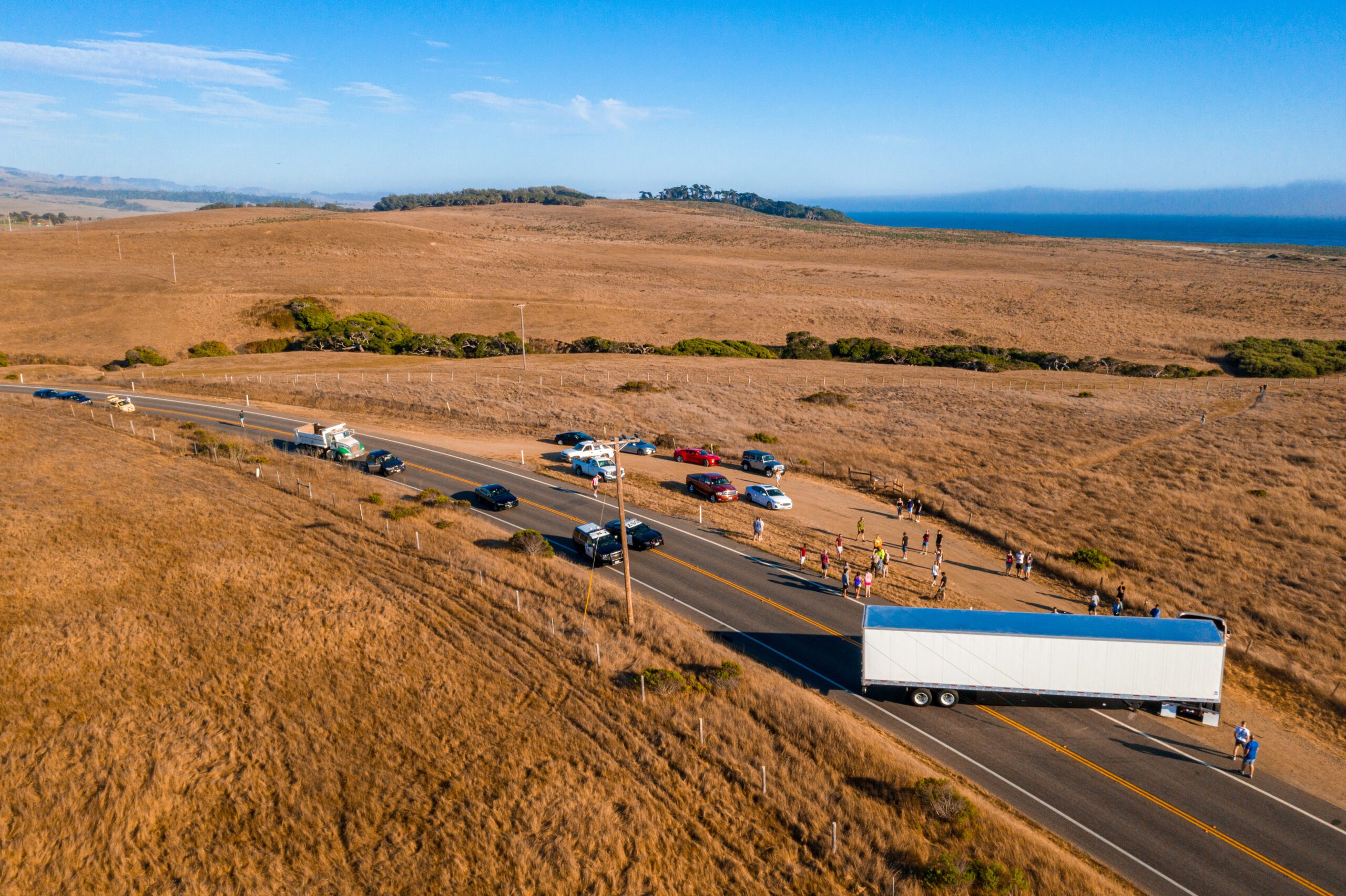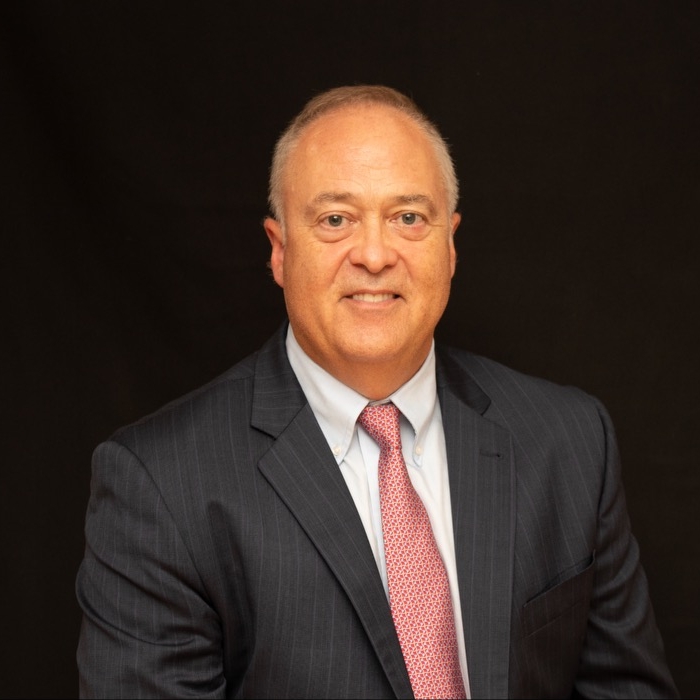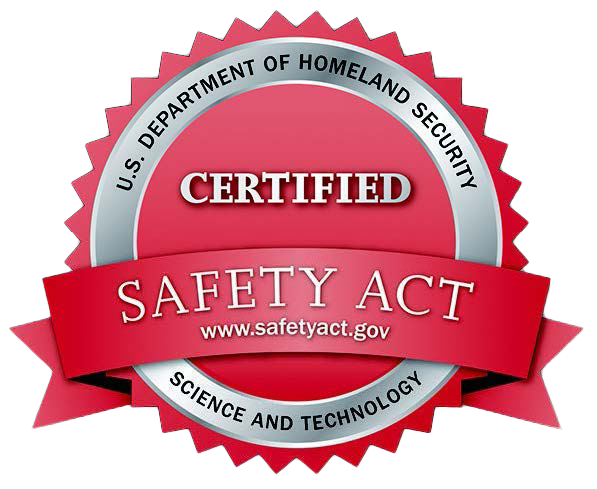911 Call Centers are a lifeline between the public and the police, fire, medical, and emergency services. From time to time these call centers go down for a variety of reasons – mother nature, maintenance, accidents. How you prepare for this inevitability can be the difference between life and death.
By: Mutualink Staff
There are more than 6,000 911 call centers or Public Safety Answering Points (PSAPs) across the country with an estimated 240 million calls annually. While these call centers share in the same life-saving mission, they each have unique systems and infrastructure to support them. When asked for his feedback on his recent 911 call center visits, Congressman John Shimkus, Co-Chair, NextGen 911 Caucus, stated that while each had “been staffed by confident and capable professionals, each faces its own unique challenges.”
A common challenge all call centers face is when service is interrupted or centers face a network outage. System maintenance and upgrades can be planned for, but emergency power outages due to severe weather conditions and accidents happen unexpectedly and can cause disaster in the call center.
Now public safety officials can rely on cloud-based technology to build resiliency into their operations.
When a 911 Call Center Goes Down
911 dispatchers are the most important people the public will never see. They orchestrate a response to emergencies that begin with the first notification. If the call center is experiencing an outage, the call doesn’t come in or rolls over to a secondary Public Safety Answering Point (PSAP).
The operator takes all the pertinent information from the caller but must relay it back to the primary PSAP so appropriate first responders (police, fire, rescue) can be dispatched.
Historically, there is little communication infrastructure in place to enable direct information sharing between PSAPs. Adhoc workarounds that most centers deploy lean on time-consuming manual operations that can delay response and coordination.
With cloud-based interoperability solutions, there is a better, more productive way to manage workflows during an outage.
Cloud-based Communications Build Resiliency in New Hampshire
We had the opportunity to speak with Mathew Steer, Communications Supervisor for the City of Portsmouth, New Hampshire. He shared how he, his team, and the State of New Hampshire handled a significant disruption in their 911 communications. He walked us through this recent scenario.
A substation in Maine experienced an outage and as a result, it overloaded the 911 dispatch centers in Maine and New Hampshire. For approximately 3-4 hours, the City of Portsmouth, Hampton Seabrook, and Dover in New Hampshire were unable to answer their own 911 calls.
When the outage in the substation occurred and the New Hampshire call centers went offline, all calls were rerouted to Rockingham County’s call center. Mathew explained that service was not impacted because of the State of New Hampshire’s preplanning and the implementation of Mutualink cloud-based communications technology.
As emergency calls came in, dispatchers in Rockingham County were able to collect and relay all critical data in real-time via the advanced technology of Mutualink and portable radios to the first responders in the appropriate jurisdictions.
Mutualink Enhanced 911 Center
Utilizing Mutualink’s cloud-based technology meant that New Hampshire was able to continue to provide services, without delays, to the community.
Rockingham County 911 call centers were able to communicate voice and data on-demand with police, fire, rescue, other agencies, and medical facilities. It bridged the communication gap commonly found between different PSAPs.
Mutualink’s cloud-based technology includes next-generation, push-to-talk (PTT) applications. PTT operates similarly to radio over wireless mobile networks and can send and receive real-time video. The Mutualink PTT application is unique in that it can be linked with an agency’s own radio system. It also can be dynamically linked to other partner agencies’ radios when needed, as in this situation with New Hampshire.
New Hampshire’s Department of Safety Commissioner, Robert Quinn, summed up thoughts on the importance of Mutualink’s interoperability technology:
“The New Hampshire Department of Safety has long recognized the capability of this communications platform and to be able to partner with Mutualink in providing “True Interoperability®” for not only our public safety communities statewide but to the critical infrastructure that has united in response to this pandemic has been an amazing opportunity.”
A Trusted Public Safety Solution – Certified by the DHS

To learn how you can incorporate this life-saving technology into your 911 Call Center, contact us for a demonstration.





